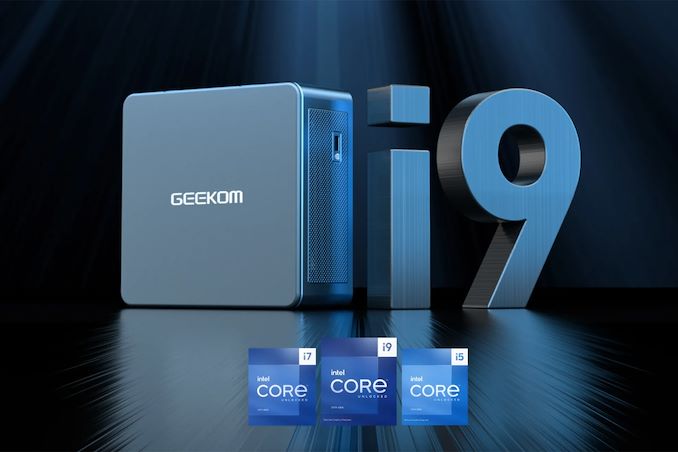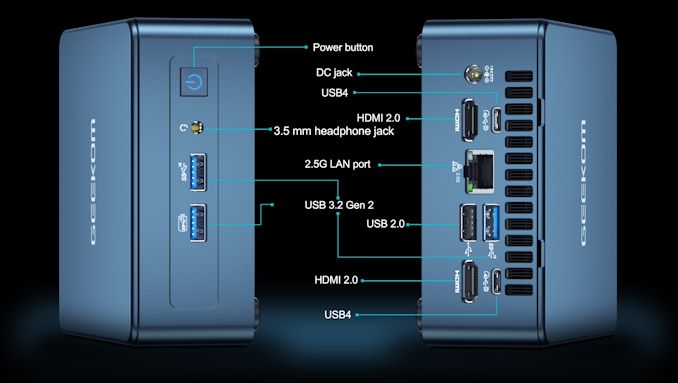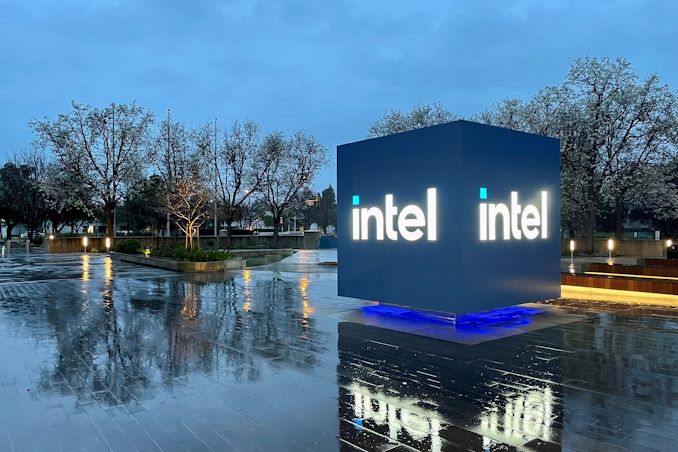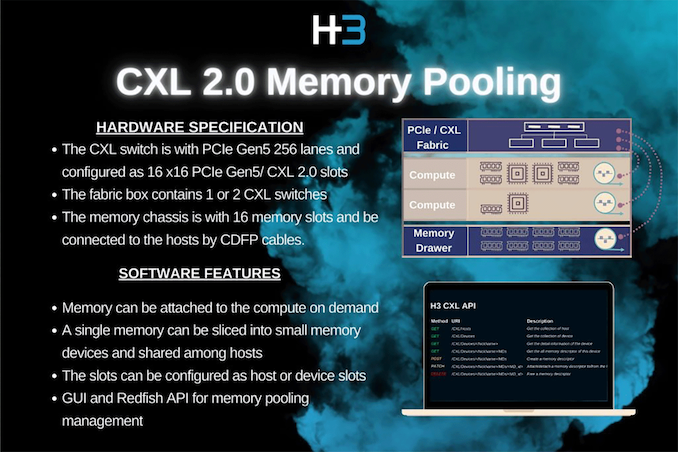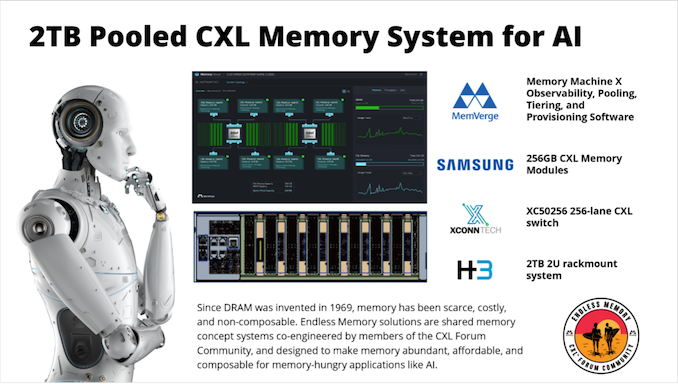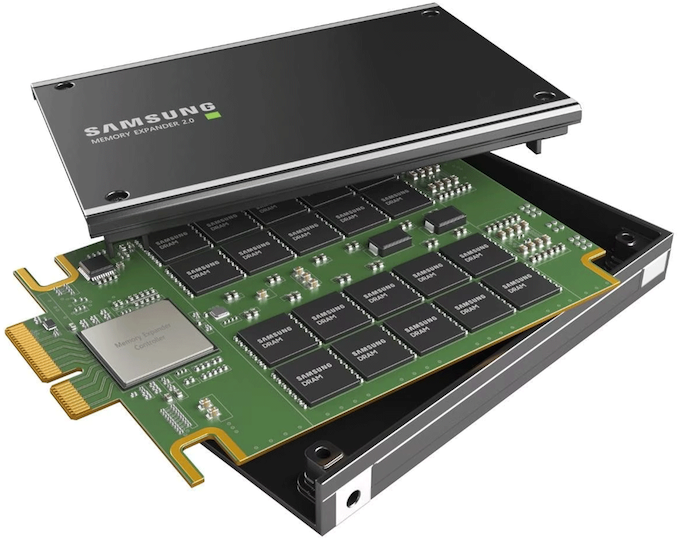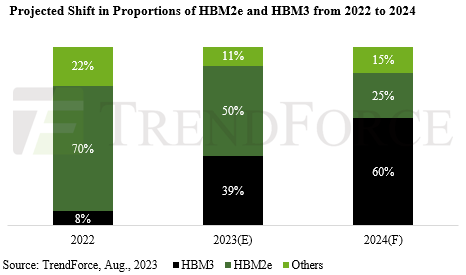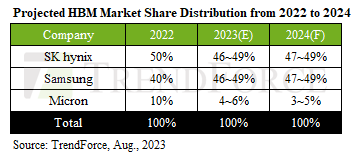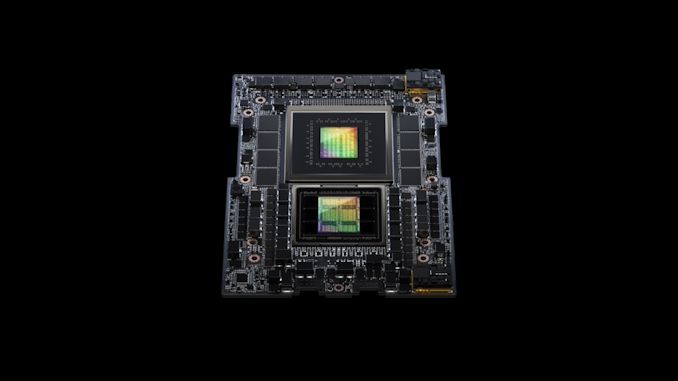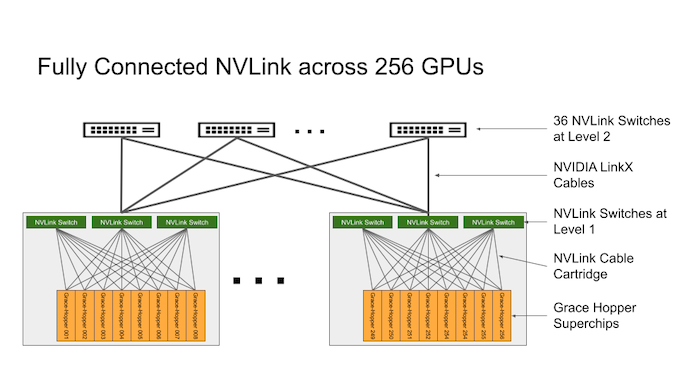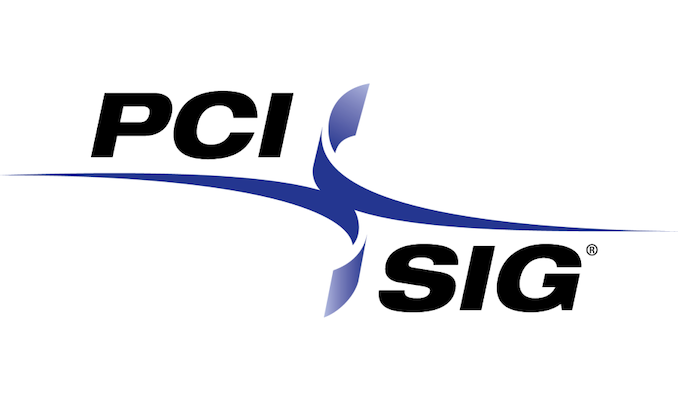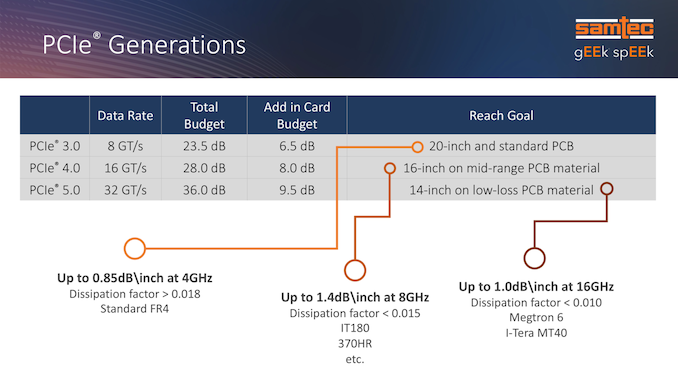Intel’s incoming Meteor Lake processors will mean better battery life for laptops that have these CPUs inside, thanks to Team Blue bringing the power of AI to bear on power management with these mobile chips.
PC World reports that Intel is heavily focused on AI not just with Meteor Lake in terms of having a VPU on the chips (a visual processing unit to help supercharge AI workloads), but that artificial intelligence also factors ‘heavily’ into power states for notebooks here.
Specifically, Intel revealed at the recent Hot Chips conference that Meteor Lake, as well as its future best CPUs, are going to employ AI to make some crucial decisions about exactly when to shift between high power (performance) and low power (idling) states.
As Intel explained in the talk at Hot Chips, the trick is how the CPU can switch between those states as efficiently as possible, in what Team Blue calls Dynamic Voltage and Frequency Scaling (or DVFS for short).
That DVFS-related decision making was revamped way back with Skylake processors (in 2015), when Intel introduced Speed Shift, a tech that intelligently shifted between high and low power CPU states based on standardized estimates for tasks (like opening a web page, for example, or any common workload).
Now, Intel has brought AI to bear so that this algorithm can, in the example given, predict how the user will open the web page, use it, then close it and move on.
As PC World makes clear, the difference is instead of a rougher estimate of how these common tasks work, and how best to tune power usage as a result, the algorithm has taught itself in a more in-depth way to hone the shift to result in lower power consumption.
Analysis: This isn’t just about power-saving – but responsiveness, too
This may sound like nitty-gritty details, but the overall effect could be sizeable indeed. Add up all those little power savings over every single task you carry out in a laptop session – lots and lots of them – and your battery is (hopefully) going to last appreciably longer.
Efraim Rotem, an Intel Fellow, and responsible for client SoC architecture at the company’s Design Engineering Group, reckons that the move with Meteor Lake could save 15% more energy than before (energy being work over time, divided by the power used, rather than just straightforward power consumption).
Not to mention that this helps to fine-tune the responsiveness of the system, too, in everyday tasks. Rotem estimates that in this regard, Meteor Lake ushers in an up to 35% improvement in responsiveness, no less, making these portables more likely to rank higher on our best laptops list.
Note that this is ‘up to’ and also that the AI smarts won’t apply to everything you do on your laptop. Thus far, the AI has only been trained on certain scenarios, and won’t train itself based on the way you use your computer as an individual – although that personalization is entirely possible as an avenue for the future. Exciting times indeed.
We’ll get the full lowdown at the launch of Meteor Lake processors at Intel’s Innovation event next month, and we’ll be hearing more about AI then, for sure.
You might also like
from TechRadar: computing components news https://ift.tt/28ywJPX
via IFTTT
